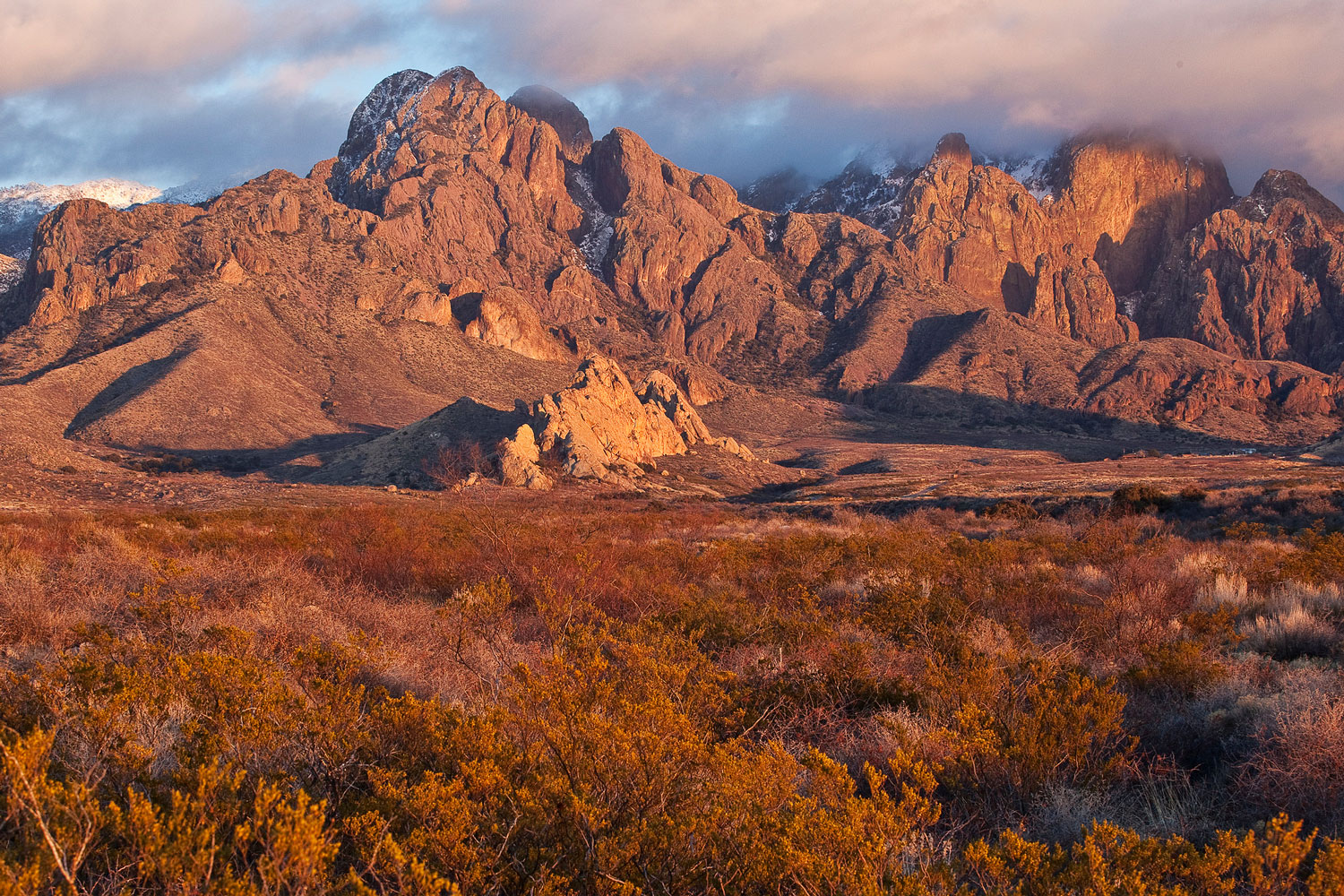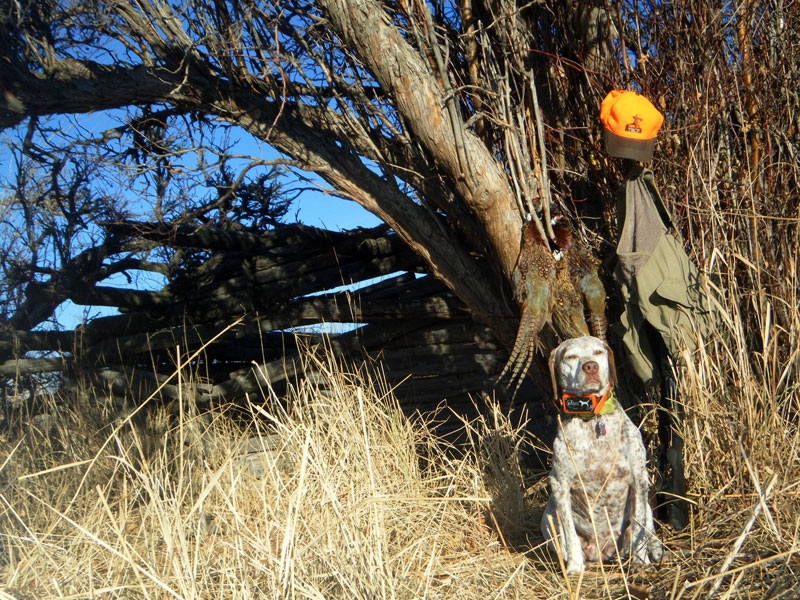In areas important for hunting and fishing, engage sportsmen early and commit to maintaining access
Created in 1906 by our group’s namesake, President Theodore Roosevelt, the Antiquities Act is frequently a topic of passionate discussion among public land hunters and anglers. Our organization receives many requests from local, state, and national organizations to weigh in on specific National Monuments proposed under the Act, but it isn’t an easy issue. Still, these land designations impact the hunting and fishing community directly, so we’re rolling up our sleeves and finding common ground to see that the Antiquities Act is used thoughtfully, in the right places, as a tool for conservation.
That’s why the Theodore Roosevelt Conservation Partnership decided to collaborate with 27 hunting and fishing organizations and businesses to develop a new report, “National Monuments: A Sportsmen’s Perspective,” that outlines a clear approach for gaining widespread hunter and angler support for new National Monuments.

The report also provides case studies of existing national monuments that offer great hunting and fishing and where sportsmen played an important role in monument establishment. Through review of these success stories—and examples where endorsement from the sportsmen’s community was lacking—it became clear that the most widely-supported national monuments were created through a locally driven, transparent process incorporating science-based management of important fish and wildlife habitat. And, perhaps most importantly, successful monuments continue to offer opportunities for the public to hunt and fish.
Knowing this, here’s what our report suggests is the best use of the Antiquities Act:
- A monument proposal must be developed through a public process—one that includes hunters, anglers, and state and local governments.
- A monument proclamation must clearly stipulate that management authority over fish and wildlife populations will be retained by state fish and wildlife agencies.
- Bureau of Land Management and U.S. Forest Service lands must remain under the authority of a land management agency focused on multiple uses of the land.
- Reasonable public access to hunting and fishing must be retained.
- The input and guidance of hunters and anglers must be included in management plans for national monuments.
- Important fish and wildlife habitat must be protected.
- Sporting opportunities must be upheld and the historical and cultural significance of hunting and fishing explicitly acknowledged in the monument proclamation.
Overall: The proposal must enjoy support from local sportsmen and women.
We believe this approach creates a clear measuring stick to inform the decisions of elected officials and other stakeholders about what needs to be accomplished before future National Monuments are considered in areas important to sportsmen. I hope you’ll read it. It’s in our best interest for sportsmen to engage on National Monument proposals in a constructive manner.
But I recognize that you may still have questions, so please contact me directly if you want to discuss.











National Monuments close access, trail and road, if you are handy capped there are fewer places you can visit, see, experience. Keep public land open to the public not just the ones that are not Handy Capped.
I live in the four corners, and there is always a brown haze decorating the inversion area for hundreds of miles. This is due to the three power plants burning coal into our skies. And, from all the natural gas pump wells releasing excess methane gas in to the air we breathe. There are places in the four corners where the landscape is dotted with gas well derricks to the edge of the horizon. With all this dirty energy in the majority of our geography here, surely, we have room to protect and preserve some unique lands in the four corners that represent wholesome land stewardship. Sincerely, Neill Smith.